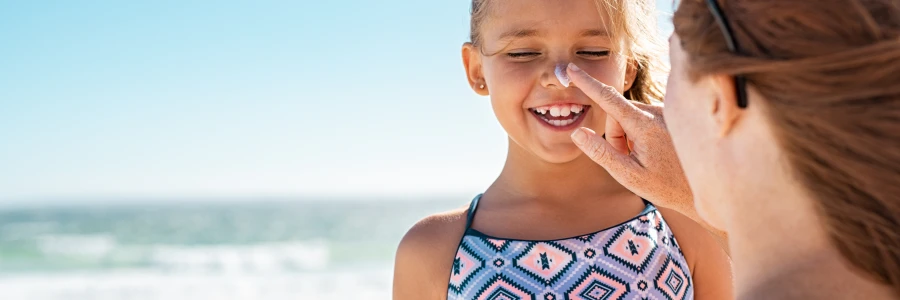
SunSmart in March
Posted on Sunday, 16 March 2025 under Health & Safety,
Summer is officially over, but that doesn't mean the sun stops shining.
It’s still necessary to be sun smart, and with New Zealand having the highest rates of skin cancer in the world, it’s also a good time to get your skin checked for anything that’s changed.
UV Radiation
As you cannot see or feel UV radiation, managing the risk of UV radiation requires regularly checking UV levels, even on a cloudy or cold day.
The level of UV radiation is measured by the ultraviolet index (UVI). The higher the number, the greater the potential for damage to the skin and eyes. When the UVI is 3 or above through the course of any day, we need to slip, slop, slap, and wrap. If the UVI is low (1-2), it’s safe to be outdoors for a short while without sunscreen.
Download the UVNZ app on your smartphone or check the Sun Protection Alert to keep an eye on the UVI throughout the day.
https://www.sunsmart.org.nz/resources/sun-protection-alert/
Skin Cancer
Skin cancer is the most common cancer affecting New Zealanders.
Skin cancers are commonly put into two groups - melanoma and non-melanoma skin cancer, with melanoma being the most dangerous. More than 2,000 melanomas are reported each year in New Zealand. In addition, over 80,000 other skin cancers (such as squamous cell and basal cell carcinomas) are treated.
Melanoma can:
- appear as a new spot
- be an existing spot, freckle or mole that changes colour, size or shape
- sometimes be itchy or bleed
- look different to other spots
- appear anywhere on the body
- be raised and look shiny in appearance
- appear quickly.
If you notice anything has changed, get it checked out at your GP. Remember to check areas that may not get as much exposure to the sun, such as behind your ears, the bottom of your feet, and your scalp.




